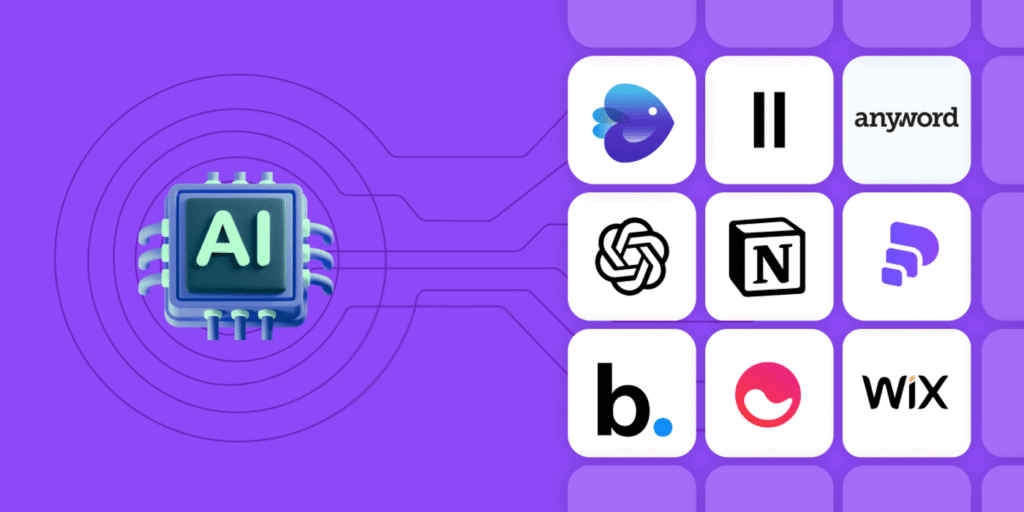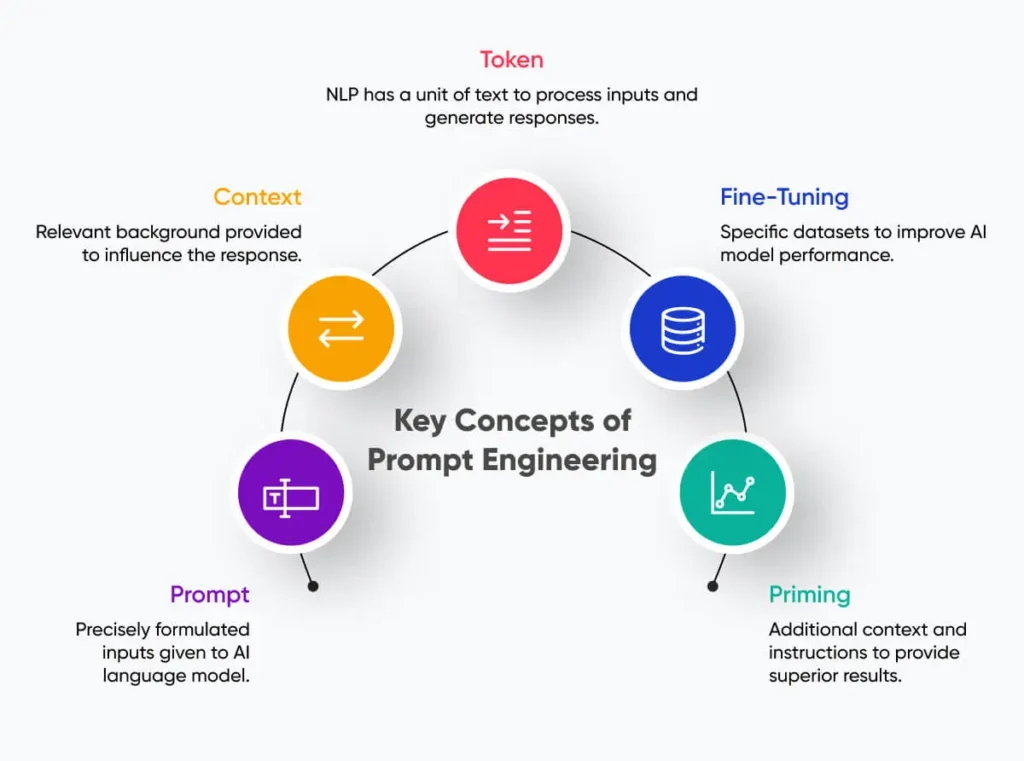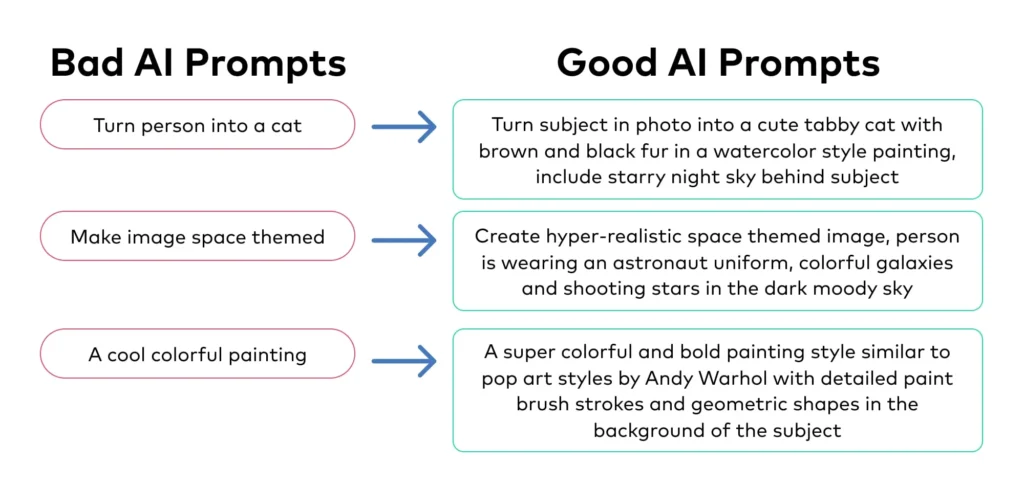
Artificial Intelligence (AI) tools are software applications powered by machine learning and natural language processing that help users automate tasks, generate content, analyze data, and more.
Whether you’re a student, marketer, writer, or entrepreneur, knowing how to use AI tools can:
- Save time on repetitive tasks
- Boost creativity
- Improve productivity
- Enhance decision-making
🛠️ Step-by-Step: How to Use AI Tools
1. Understand Your Goal

Before diving in, ask yourself:
- Do I need help writing content?
- Do I want to generate images or videos?
- Am I looking for automation or data analysis?
Knowing your goal helps you choose the right AI tool.
2. Choose the Right AI Tool for Your Task
Different tools do different things. Here are some popular ones:
| Task | Recommended AI Tool |
|---|---|
| Writing & editing | ChatGPT, Jasper, Copy.ai |
| Image generation | DALL·E, MidJourney, Playground AI |
| Voice transcription | Otter.ai, Descript |
| Design & visuals | Canva AI, Adobe Firefly |
| Code writing | GitHub Copilot, Tabnine |
| Video creation | Pictory, Synthesia |
📌 Tip: Many tools offer free trials or limited free plans , so test before committing.
3. Start with Free AI Platforms
You don’t need to pay to get started. Try these free AI tools:
- ChatGPT (Free Tier) – chat.openai.com
- Google Gemini – gemini.google.com
- Canva AI – canva.com
- Otter.ai – otter.ai
- DALL·E Mini / Playground AI – playgroundai.com
📝 Pro Tip: Start with text-based tools like chatbots—they’re the easiest way to learn how AI works.

4. Learn Prompt Engineering Basics
AI responds to what you ask. Learning prompt engineering helps you get better results.
Example:
❌ “Write something about dogs.”
✅ “Write a short article explaining the benefits of adopting rescue dogs for first-time pet owners.”
📚 Bonus tip: Use frameworks like PROMPT (Purpose, Role, Output, Medium, Parameters, Tone) to structure your requests.
5. Apply AI to Real Tasks
Make AI part of your daily routine:
- Use AI to write emails or social media posts
- Summarize long articles or documents
- Create logos or marketing materials
- Generate product descriptions or blog outlines
- Translate text or write captions for images
The more you use it, the more natural it becomes.
6. Review and Refine AI Output
Always double-check AI-generated content:
- Ensure accuracy and clarity
- Adjust tone and style to match your brand
- Avoid copying or plagiarism
- Make it uniquely yours
AI is a helper—not a final answer.

🚀 Final Tips for Using AI Tools
- Start small and experiment.
- Follow AI trends and updates.
- Join AI communities for support and inspiration.
- Always follow ethical guidelines and avoid misuse.
- Combine AI with your own knowledge and creativity.
❓ Frequently Asked Questions (FAQs)
Q1: Do I need technical skills to use AI tools?
A: No! Most modern AI tools are user-friendly and require no coding at all. Just type your request and let the AI do the rest.
Q2: Is it safe to use AI tools for personal or business tasks?
A: Yes, as long as you follow best practices:
- Avoid sharing sensitive or private information.
- Review AI output for accuracy.
- Use reputable tools from trusted providers.
Q3: Can I use AI tools for free?
A: Absolutely! Many powerful AI tools like ChatGPT (free tier), Google Gemini, DALL·E Mini, and Canva AI offer free versions with enough features for most users.
Want to stay updated with the latest AI tools and tips? Subscribe to our newsletter and start mastering AI today!






0 Comments